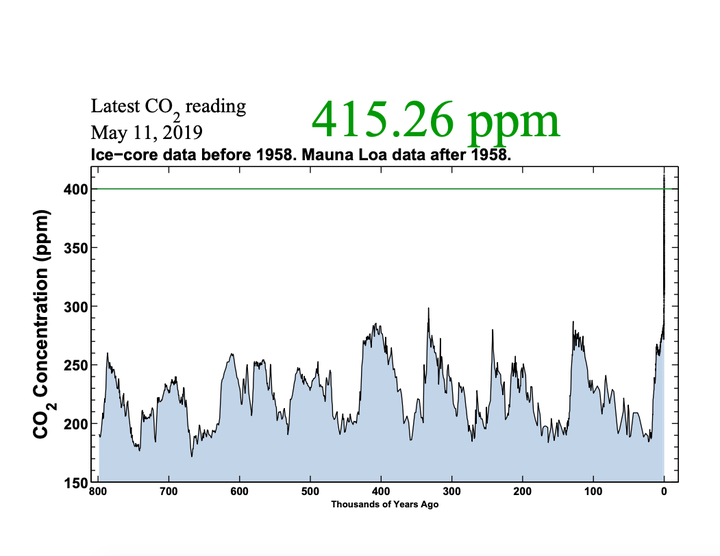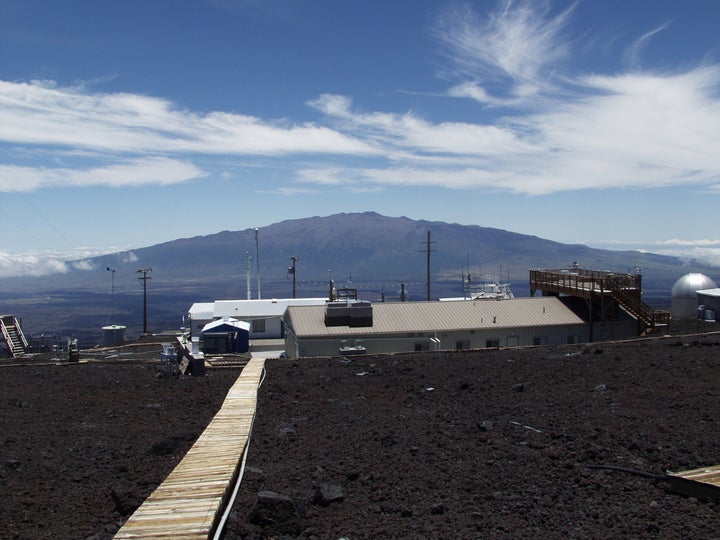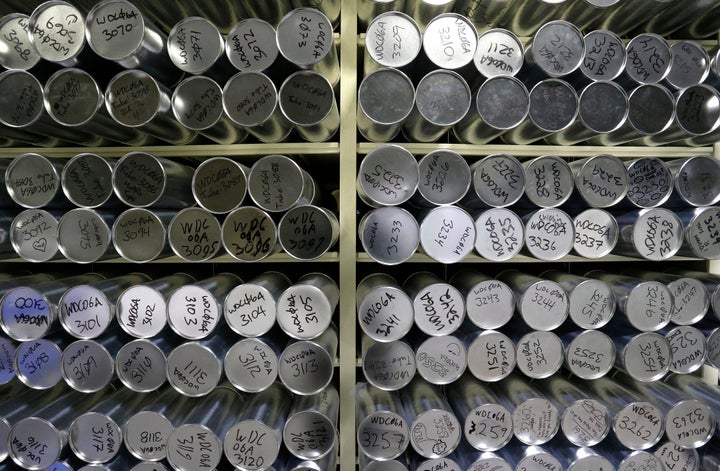Carbon dioxide levels in the Earth’s atmosphere have soared to a new high, one never before been seen in human history, researchers announced as temperatures near the Arctic circle rose into the 80s.
Temperatures in Arkhangelsk, Russia, a coastal city along the White Sea, hit 84 degrees Fahrenheit on Saturday. That city’s average high for this time of year is around 54 degrees, The Washington Post reported.
This astonishingly warm temperature wasn’t isolated to Arkhangelsk, however. Koynas, located east of the city, saw temperatures rise to 87 degrees. One city in eastern Finland also saw the mercury hit 77 degrees on Saturday, a seasonal high for the country thus far.
These alarmingly warm temperatures came as a daily CO2 reading by atmospheric researchers on Saturday recorded a 415.26 parts per million (ppm) baseline. It’s the first daily baseline to top 415 ppm in mankind’s history, the researchers with San Diego’s Scripps Institution of Oceanography said.
“Not just in recorded history, not just since the invention of agriculture 10,000 years ago,” Eric Holthaus, a meteorologist and writer for the non-profit environmental magazine Grist, emphasized on a Twitter post. “Since before modern humans existed millions of years ago.”

Researchers have collected the daily measurements for more than 60 years at Hawaii’s Mauna Loa Observatory, an atmospheric baseline station considered ideal for monitoring atmospheric conditions because of its undisturbed air, remote location, and minimal influences of vegetation and human activity. Those measurements are then compared to those from hundreds of thousands of years ago after analyzing gas contained in ice cores, according to the research institute.
CO2 is a heat-trapping greenhouse gas that is found to correlate with temperatures. Temperatures rise as CO2 levels rise, as explained by the National Atmospheric and Oceanic Administration.
“During ice ages, the CO levels were around 200 ppm, and during the warmer interglacial periods, the levels were around 280 ppm,” according to the Scripps Institution of Oceanography’s website.
This CO2 data has been showcased in what is called the Keeling Curve. This graph shows a significant spike in CO2 levels in more modern years, as well as particular milestones in more recent times.

At the end of 2018, the Mauna Loa Observatory recorded the fourth-highest annual growth in the concentration of atmospheric CO2 in its 60 years of record keeping. In 2013, CO2 levels were recorded as exceeding 400 ppm for the first time in human history. To offer some comparison, CO2 levels were around 315 ppm at the start of record keeping in the 1950s.
Ralph Keeling, director of the Scripps Institution of Oceanography’s CO2 program, said the current rise is likely from both human and natural causes.
“The average growth rate is remaining on the high end. The increase from last year will probably be around three parts per million whereas the recent average has been 2.5 ppm,” he said in a statement. “Likely we’re seeing the effect of mild El Niño conditions on top of ongoing fossil fuel use.”
Keeling has previously said that human activity is undeniably to blame for CO2 levels rising so high, primarily due to fossil fuel burning.

“It’s true that atmospheric CO2 has almost certainly been higher than present in Earth’s distant past, many millions of years ago. But because fossil-fuel burning is not natural, the recent carbon increases in the atmosphere, oceans, and land biosphere cannot be natural either,” he has said. “Few if any natural processes can release fossil carbon into the atmosphere as fast as we humans are doing it now via the extraction and burning of fossil fuels.”
This story has been updated to include additional information on rising temperatures.

